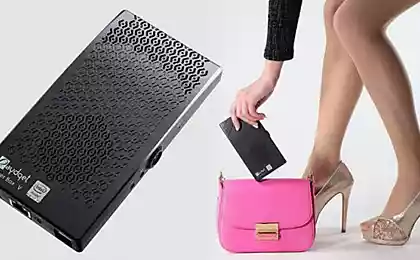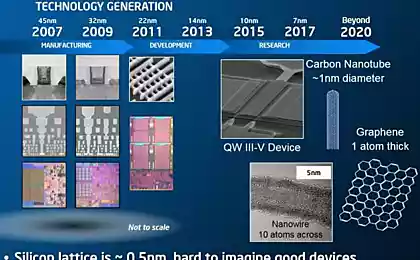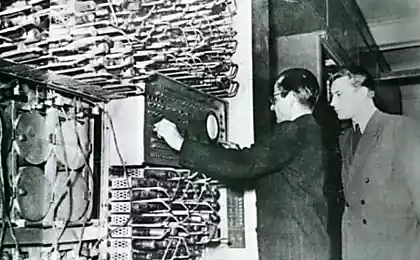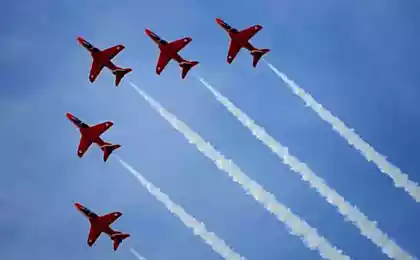1111
Happy Anniversary, Moore's Law
Hello, Geektimes. Recently, we celebrated the anniversary, with what! Not anniversary of the company, which is very nice, but not so important. Not the anniversary of an invention, and the anniversary of the law that has been 50 years since the development of microelectronics moves forward, prompting the engineers to perform miracles and increase PC performance year after year. The anniversary of the law that every IT-company, regardless of whether she or Softovaya hardovy, trying to support and confirm another day, month, year. The anniversary of Moore's Law.
52,094,833
Who is Moore and what impact it had on microelectronics?
Gordon Earle Moore was born in 1929 in San Francisco, grew up in the small town of Pescadero, in 1950 became a bachelor of chemistry at Berkeley four years later successfully defended his doctorate in chemistry and physics at the California Institute of Technology. And nothing allocated to it from the hundreds of graduates of the same, if not for its focus on business. Before founding Intel, Moore worked in this area almost twelve years, first Shockley Semiconductor Laboratory in Palo Alto; Gordon Moore retired from "Shockley" because of disagreement with its founder, William Shockley, who wanted to stop the investigation of silicon semiconductors. Do not compromise with the leadership, he and seven other talented engineers founded one of the largest companies at the time of working with silicon transistors Fairchild Semiconductors. After 12 years, Fairchild Semiconductor has become one of the leading manufacturers of operational amplifiers and other analog integrated circuits, but the parent company has begun to limit the possibilities of the "daughter" and then experienced staff began to resign herself Fairchild Semiconductor quickly fell into disrepair and lost market share, and Gordon Moore, along with Robert Noyce (author of a patent for an integrated circuit) founded Intel.
Moore's Law: Background and surveillance
Moore's Law is not immediately emerged as we know it, but, like any law, it was based on the observation. The first formulation (1965), was found by chance. Preparing for the next performance, Gordon Moore was trying to calculate how much will it cost to produce one item on the chip depending on how many items in total would be on it. The dependence was found, with (as in many other fields) it turned out that there is some optimal average value at which the cost of one element computational scheme is minimal.

In addition, he noted that from year to year, in the first place, reducing the cost of a single element, and secondly, the number of elements on a single chip increases. Moore also noted that more advanced models of chips appeared about a year after the predecessors, the number of transistors on them doubles.
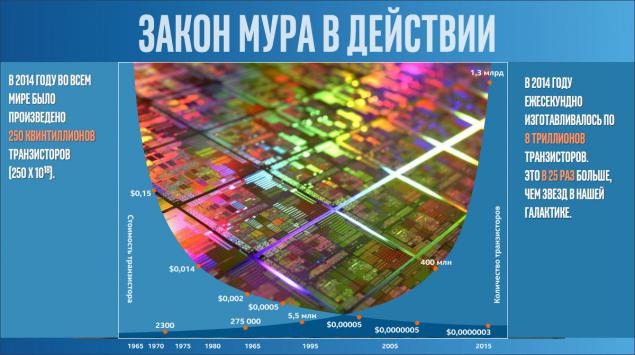
This was due both to the rapid development of microelectronics and the growing needs of the industry. Ten years later, microprocessors become more affordable, produced in which B on em> brings more numbers than before, and Gordon Moore made a law in your small change: the number of transistors doubles every two years. This was due primarily to the economic component of the high-tech industries: the development of new products costs money and you need to have time to recoup the news.
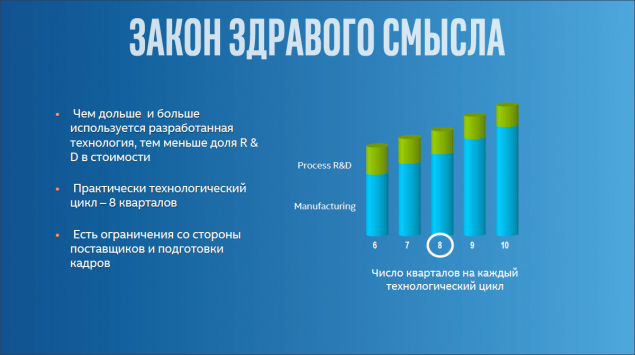
Too often, new product launches would lead to the fact that the share of research and development costs per unit of production grew strongly, and the company could not extract enough revenue for further development. Too rare release of new products and opened the way to competitors those who decided to take a chance and let your product before the others. Thus, the entire industry has come to a rational development cycle, which runs for 50 years.
The exponential dependence of growth of computing power and are reflected in many related areas. Some of the other predictions of Moore's also justified, but they are not so well known and popular.
What reached Microelectronics
Since the beginning of the seventies microelectronics greatly stepped forward. It is difficult to imagine, but the performance and energy efficiency in some places ahead of even bold predictions based on Moore's Law:
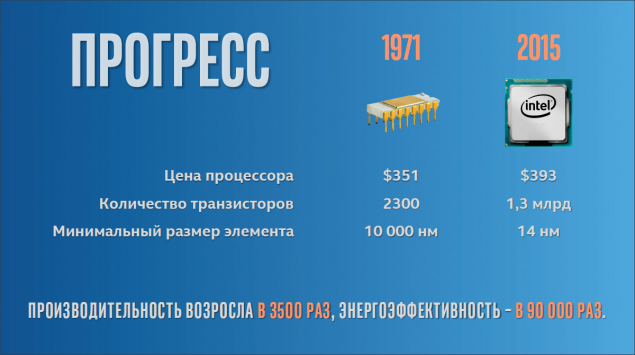
If you compare the progress in microelectronics with the progress in mechanics and other areas of applied science, it is difficult to even describe how an area is growing rapidly, which is engaged in Intel.
For comparison, take the Boeing 747. The first flight took place in 1969, that is, it is almost the same age as our hero of the day. For prices early seventies aircraft worth around $ 30 million. If the aviation industry has evolved at the same pace, then to the current year's analogue 747 would cost not millions, and thousands of dollars, flew ours with you the globe in 20 minutes, while spending about 20 liters of fuel for the entire flight. When the length of the equator ~ 40 000 km of flight at sea level 20 minutes required to reach a speed of about 2 000 kilometers per minute (120 000 km / h or 333 33 (3) m / s) - and that's about 1.1% of the speed light in a vacuum (300 million m / s).
Reflection of Moore's Law in related fields
Moore's Law itself reflects only the increase in computing power chips, but that is the growth of computing power? What impact this development to other areas of human activity? Take, for example, supercomputers. Scientists need supercomplex computing - we provide them.
The growth performance of 500 most powerful systems is somewhat faster than the exponent of the law:
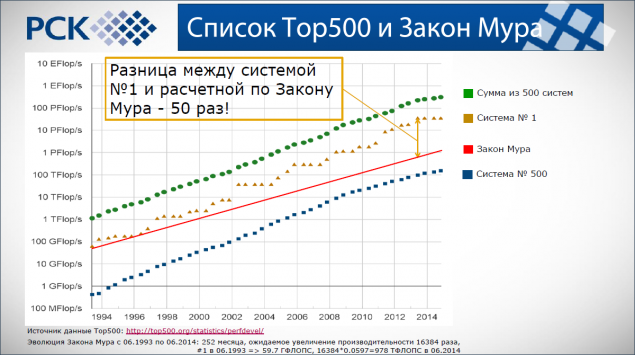
The cost of one of the most difficult "consumer" computing - the human genome - declined even faster:
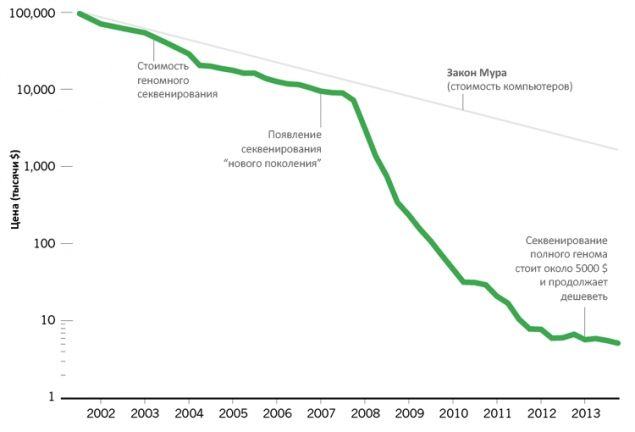
Even in such close and easy for you and the concept of how the size distribution OS, Moore's Law continues to operate:

Reflecting the fundamental (to date) to monitor the development of the world of microelectronics can be found almost everywhere, even where it is somehow involved.
Cloud computing, mobile technology, the number of connections to the Internet - these and many other areas of IT are growing exponentially, along with our processors, and is not thought to dwell.
Forecasts
Unfortunately, the laws of physics more conventions are invented people, and there are limits of Moore's Law. They tried to bury many times. What we say: Gordon Moore himself in 1995 thought that by 2005 the economic aspects of production will put producers in such conditions that the law will no longer be carried out. When this did not happen, he appreciated abroad exponential growth of computing systems for years 2015-2025, but due to technological limitations.
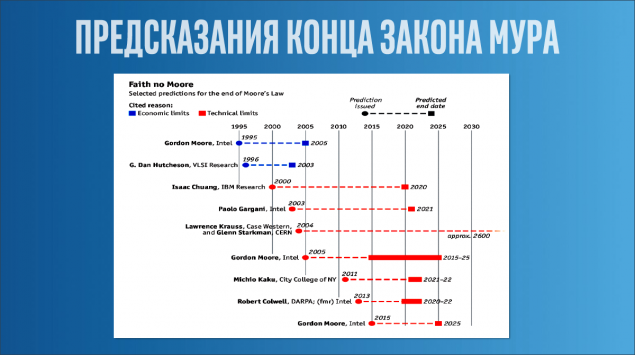
Engineers have repeatedly faced with the inability to continue to improve by classical processors. They rested in a single core clock speed - there multicore systems. The cores are idle while waiting for the new challenges? A virtual hyperthreading. From the existing architecture squeezed all the juice? You can reduce the fabrication process, and with it the heat, Increase any rate, and parallel work on a new generation of iron.
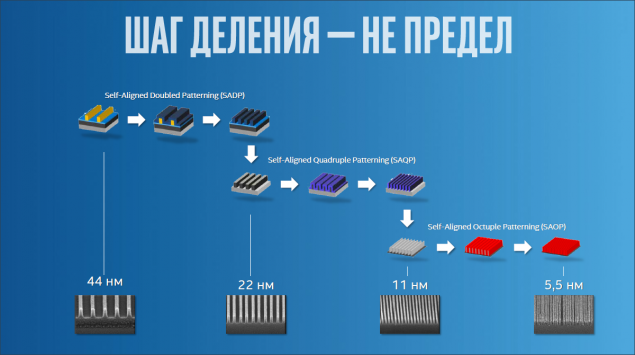
To be precise, the first significant laws of physics have intervened in the process technology in the ~ 200 nm: for example how to get an image less than half the wavelength at all it is not possible from the point of view of the laws of physics. At the time, there was a simple and elegant solution: it is impossible to make a mask "smaller" - let the image is formed in several stages using different masks for each of them:
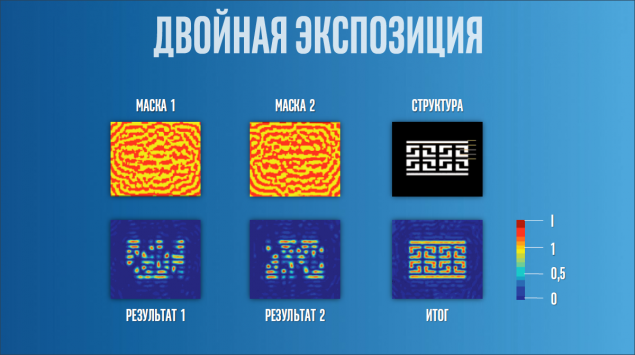
Not only will the two times? Do, and four passes, eight. Unfortunately, the technology to reduce the size of the elements and to work with more and more subtle structures will sooner or later begin to interfere with the restrictions that we are unable to overcome. But our task - to delay that moment as far as possible.

Intel Xeon E7 v3
On the day of the anniversary of Moore's Law, we have decided once again to confirm it in practice and introduced a new generation of server processors Intel Xeon E7 third generation.
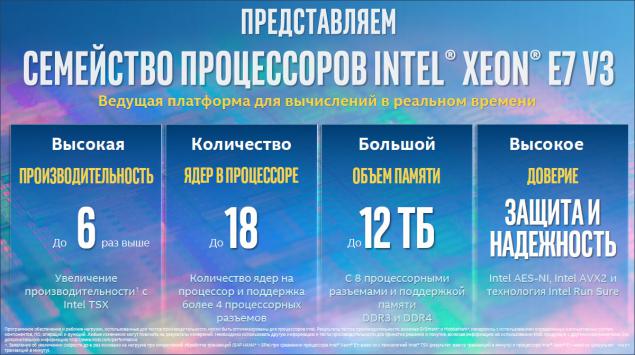
If we compare the new Intel processors with RISC-popular chips from other manufacturers, the numbers are amazing:
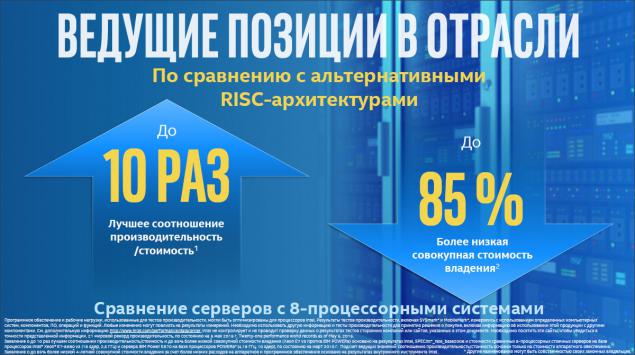
The new family of processors is largely superior to the previous generation:
Xeon'y our friends
One of our major partners, company HP , noted that the system based on the x86_64 architecture more dense to penetrate the segment of business-critical platforms:
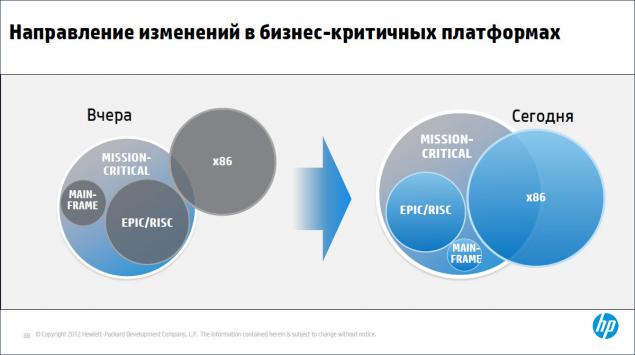
The reason for this change, of course, money. The total decrease in TCO (TCO) is lower than similar RISC-platforms * NIX on board about a third.
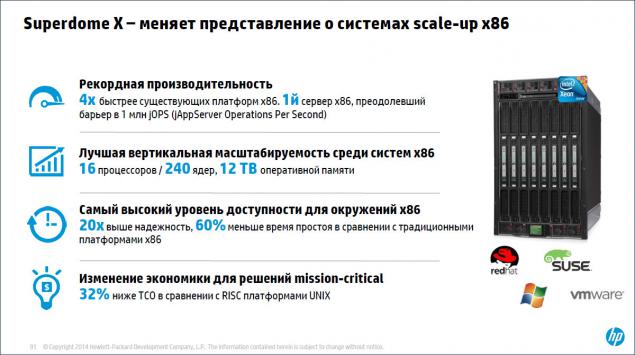
Use of the Intel Xeon processor and Xeon PHI allowed our other partner, company RSK , create unique computing: RSC PetaStream and "RSK Tornado": < br />

The energy density of the RSC PetaSteram - 400+ kW per cabinet. And after all this heat is highlighted in the process - it is necessary to collect, divert and do it as efficiently as possible. For comparison, the power of the famous post-Soviet cargo locomotive VL85 - about 10,000 kW.
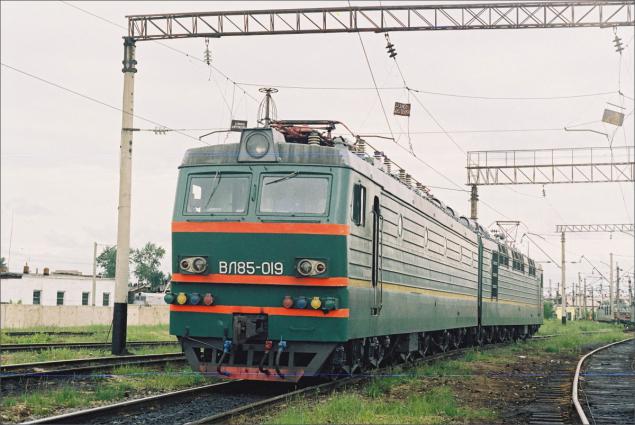
The complex RSC PetaSteram truly unique and effective products that the company can be proud of RSK on the right. Systems RCS PetaStream and "RSK Tornado" has работают in Russian scientific and educational institutions.

Conclusion
Moore's Law for fifty years. Fifty years of the world's leading manufacturers of double the number of elements in the chips every two years, fifty years, they provide increased productivity and, most importantly, increased demands on the computing power. From the point of view of science, medicine, data processing in the field of business and education - the more a person is today - the more he can achieve tomorrow, and the more he will want in two days. Stay in touch and let Moore's Law will bring an exponential increase in your activities.
Source: geektimes.ru/company/intel/blog/251064/
52,094,833
Who is Moore and what impact it had on microelectronics?
Gordon Earle Moore was born in 1929 in San Francisco, grew up in the small town of Pescadero, in 1950 became a bachelor of chemistry at Berkeley four years later successfully defended his doctorate in chemistry and physics at the California Institute of Technology. And nothing allocated to it from the hundreds of graduates of the same, if not for its focus on business. Before founding Intel, Moore worked in this area almost twelve years, first Shockley Semiconductor Laboratory in Palo Alto; Gordon Moore retired from "Shockley" because of disagreement with its founder, William Shockley, who wanted to stop the investigation of silicon semiconductors. Do not compromise with the leadership, he and seven other talented engineers founded one of the largest companies at the time of working with silicon transistors Fairchild Semiconductors. After 12 years, Fairchild Semiconductor has become one of the leading manufacturers of operational amplifiers and other analog integrated circuits, but the parent company has begun to limit the possibilities of the "daughter" and then experienced staff began to resign herself Fairchild Semiconductor quickly fell into disrepair and lost market share, and Gordon Moore, along with Robert Noyce (author of a patent for an integrated circuit) founded Intel.
Moore's Law: Background and surveillance
Moore's Law is not immediately emerged as we know it, but, like any law, it was based on the observation. The first formulation (1965), was found by chance. Preparing for the next performance, Gordon Moore was trying to calculate how much will it cost to produce one item on the chip depending on how many items in total would be on it. The dependence was found, with (as in many other fields) it turned out that there is some optimal average value at which the cost of one element computational scheme is minimal.

In addition, he noted that from year to year, in the first place, reducing the cost of a single element, and secondly, the number of elements on a single chip increases. Moore also noted that more advanced models of chips appeared about a year after the predecessors, the number of transistors on them doubles.

This was due both to the rapid development of microelectronics and the growing needs of the industry. Ten years later, microprocessors become more affordable, produced in which B on em> brings more numbers than before, and Gordon Moore made a law in your small change: the number of transistors doubles every two years. This was due primarily to the economic component of the high-tech industries: the development of new products costs money and you need to have time to recoup the news.

Too often, new product launches would lead to the fact that the share of research and development costs per unit of production grew strongly, and the company could not extract enough revenue for further development. Too rare release of new products and opened the way to competitors those who decided to take a chance and let your product before the others. Thus, the entire industry has come to a rational development cycle, which runs for 50 years.
The exponential dependence of growth of computing power and are reflected in many related areas. Some of the other predictions of Moore's also justified, but they are not so well known and popular.
What reached Microelectronics
Since the beginning of the seventies microelectronics greatly stepped forward. It is difficult to imagine, but the performance and energy efficiency in some places ahead of even bold predictions based on Moore's Law:

If you compare the progress in microelectronics with the progress in mechanics and other areas of applied science, it is difficult to even describe how an area is growing rapidly, which is engaged in Intel.
For comparison, take the Boeing 747. The first flight took place in 1969, that is, it is almost the same age as our hero of the day. For prices early seventies aircraft worth around $ 30 million. If the aviation industry has evolved at the same pace, then to the current year's analogue 747 would cost not millions, and thousands of dollars, flew ours with you the globe in 20 minutes, while spending about 20 liters of fuel for the entire flight. When the length of the equator ~ 40 000 km of flight at sea level 20 minutes required to reach a speed of about 2 000 kilometers per minute (120 000 km / h or 333 33 (3) m / s) - and that's about 1.1% of the speed light in a vacuum (300 million m / s).
Reflection of Moore's Law in related fields
Moore's Law itself reflects only the increase in computing power chips, but that is the growth of computing power? What impact this development to other areas of human activity? Take, for example, supercomputers. Scientists need supercomplex computing - we provide them.
The growth performance of 500 most powerful systems is somewhat faster than the exponent of the law:

The cost of one of the most difficult "consumer" computing - the human genome - declined even faster:

Even in such close and easy for you and the concept of how the size distribution OS, Moore's Law continues to operate:

Reflecting the fundamental (to date) to monitor the development of the world of microelectronics can be found almost everywhere, even where it is somehow involved.
Cloud computing, mobile technology, the number of connections to the Internet - these and many other areas of IT are growing exponentially, along with our processors, and is not thought to dwell.
Forecasts
Unfortunately, the laws of physics more conventions are invented people, and there are limits of Moore's Law. They tried to bury many times. What we say: Gordon Moore himself in 1995 thought that by 2005 the economic aspects of production will put producers in such conditions that the law will no longer be carried out. When this did not happen, he appreciated abroad exponential growth of computing systems for years 2015-2025, but due to technological limitations.

Engineers have repeatedly faced with the inability to continue to improve by classical processors. They rested in a single core clock speed - there multicore systems. The cores are idle while waiting for the new challenges? A virtual hyperthreading. From the existing architecture squeezed all the juice? You can reduce the fabrication process, and with it the heat, Increase any rate, and parallel work on a new generation of iron.

To be precise, the first significant laws of physics have intervened in the process technology in the ~ 200 nm: for example how to get an image less than half the wavelength at all it is not possible from the point of view of the laws of physics. At the time, there was a simple and elegant solution: it is impossible to make a mask "smaller" - let the image is formed in several stages using different masks for each of them:

Not only will the two times? Do, and four passes, eight. Unfortunately, the technology to reduce the size of the elements and to work with more and more subtle structures will sooner or later begin to interfere with the restrictions that we are unable to overcome. But our task - to delay that moment as far as possible.

Intel Xeon E7 v3
On the day of the anniversary of Moore's Law, we have decided once again to confirm it in practice and introduced a new generation of server processors Intel Xeon E7 third generation.

If we compare the new Intel processors with RISC-popular chips from other manufacturers, the numbers are amazing:

The new family of processors is largely superior to the previous generation:
Xeon'y our friends
One of our major partners, company HP , noted that the system based on the x86_64 architecture more dense to penetrate the segment of business-critical platforms:

The reason for this change, of course, money. The total decrease in TCO (TCO) is lower than similar RISC-platforms * NIX on board about a third.

Use of the Intel Xeon processor and Xeon PHI allowed our other partner, company RSK , create unique computing: RSC PetaStream and "RSK Tornado": < br />

The energy density of the RSC PetaSteram - 400+ kW per cabinet. And after all this heat is highlighted in the process - it is necessary to collect, divert and do it as efficiently as possible. For comparison, the power of the famous post-Soviet cargo locomotive VL85 - about 10,000 kW.

The complex RSC PetaSteram truly unique and effective products that the company can be proud of RSK on the right. Systems RCS PetaStream and "RSK Tornado" has работают in Russian scientific and educational institutions.

Conclusion
Moore's Law for fifty years. Fifty years of the world's leading manufacturers of double the number of elements in the chips every two years, fifty years, they provide increased productivity and, most importantly, increased demands on the computing power. From the point of view of science, medicine, data processing in the field of business and education - the more a person is today - the more he can achieve tomorrow, and the more he will want in two days. Stay in touch and let Moore's Law will bring an exponential increase in your activities.
Source: geektimes.ru/company/intel/blog/251064/
SpaceX will now work with the US military cargoes
Hyundai Sonata is the first vehicle with the Android Auto
